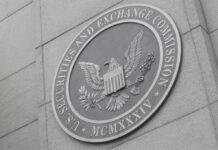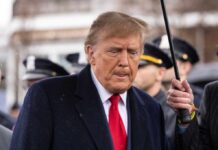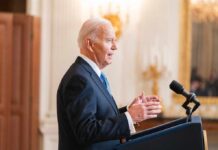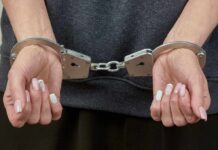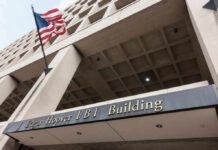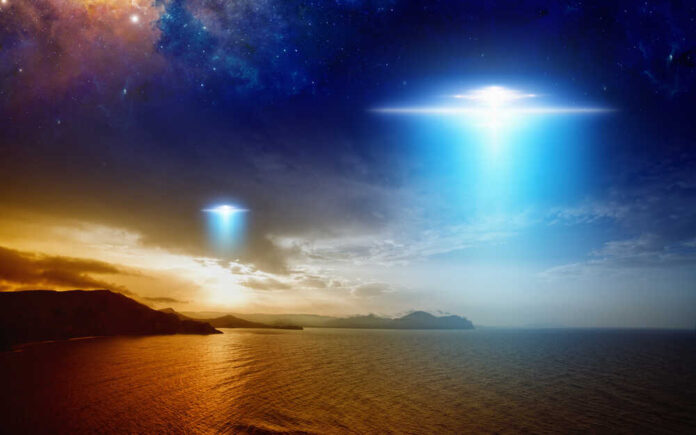
The Pentagon’s All-domain Anomaly Resolution Office (AARO) has been making headlines recently for a co-authored paper on unidentified aerial phenomena (UAP) that challenges conventional thinking. Sean Kirkpatrick, the leader of AARO, and Harvard professor Avi Loeb have released a draft article suggesting that these UAPs could be alien probes deployed from a “parent craft.” The unconventional theory has sparked a spirited debate within the scientific community and raised concerns about AARO’s credibility.
The AARO, established in 2022, is tasked with investigating reports of UAPs, some of which seemingly defy the known laws of physics. Although a recent report from the Office of the Director of National Intelligence stated that most UAP sightings could be attributed to everyday objects or foreign surveillance devices, the possibility of extraterrestrial life has not been entirely dismissed.
Top Pentagon UFO official’s new theory about aliens is sending shockwaves through the scientific community https://t.co/95bRDaZka6
— Bo Snerdley (@BoSnerdley) April 15, 2023
Kirkpatrick, who has held senior positions in the Department of Defense (DoD), U.S. Space Command, the National Security Council, and various intelligence agencies, and Loeb have proposed that advanced artificial intelligence and propulsion technology could be equipping these mysterious vehicles. In their article, the authors describe a scenario where “a multitude of tiny devices can be released from a mothership that passes near Earth.”
David Jewitt, a professor of astronomy at the University of California Los Angeles, has called some of the paper’s claims “highly questionable.” Others in the scientific community are worried that Kirkpatrick’s association with such speculative ideas could undermine the credibility of the AARO.
Alejandro Rojas, a board member of the Scientific Coalition for UAP Studies, stated that there needs to be “more clarity” between being open to unconventional ideas and outright supporting them. He expressed concern that the DoD appears to be backing “wild ideas” that lack substantial evidence.
Sean M. Kirkpatrick, Ph.D., director of the All-domain Anomaly Resolution Office (AARO), will be the sole witness at an open hearing (and then a closed hearing) on AARO's "mission, activities, oversight, and budget," on Wednesday, April 19, 2023, 10:30 AM EDT, before the… pic.twitter.com/O2p2dv65Qm
— D. Dean Johnson (@ddeanjohnson) April 12, 2023
Despite the controversial nature of their hypothesis, the authors’ academic reputations are well-established. Kirkpatrick is a respected science and intelligence professional, and Loeb has authored hundreds of scientific papers on astrophysics and cosmology. Their paper has gained attention from various science-focused news outlets. It has encouraged a broader conversation about the origins of UFOs.
Sen. Kirsten Gillibrand (D-NY) has weighed in on the matter, expressing her confidence in the scientific rigor of Kirkpatrick and Loeb’s work. She noted their expertise in scientific and technical intelligence and astrophysics and cautioned against stigmatizing the topic of UFOs. Gillibrand stressed the importance of “de-stigmatizing and standardizing reporting” to better understand the potential threats to U.S. airspace and guard against foreign intelligence gathering.
As the debate over the legitimacy of their hypothesis continues, it remains clear that Kirkpatrick and Loeb’s paper has prompted a valuable conversation among experts in the field. While the possibility of extraterrestrial involvement in UAPs has not been conclusively proven, the academic community’s openness to exploring new ideas may yet lead to significant breakthroughs in understanding these enigmatic phenomena.



